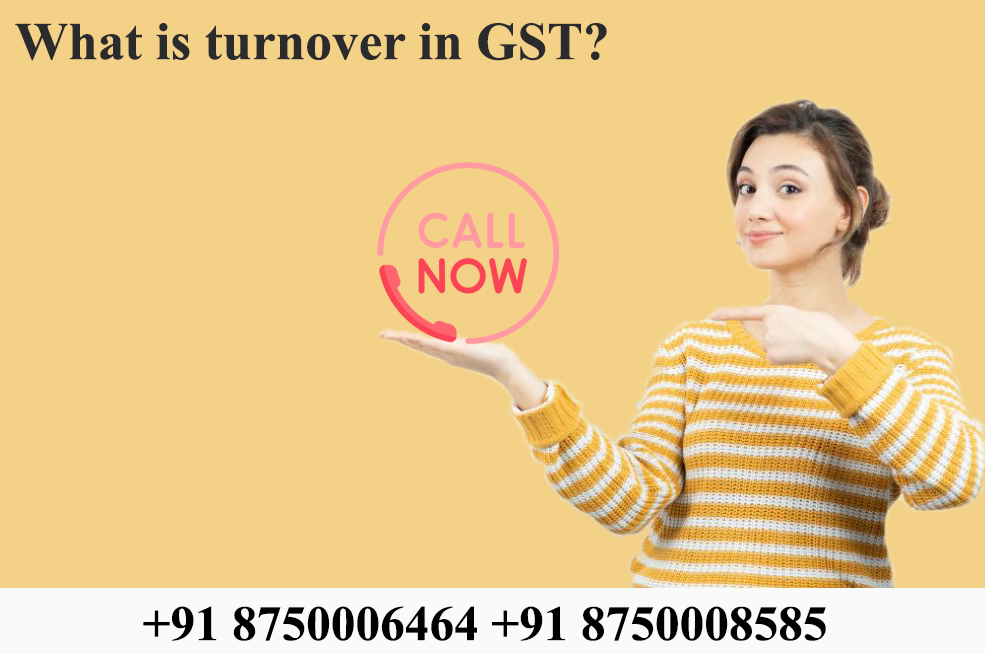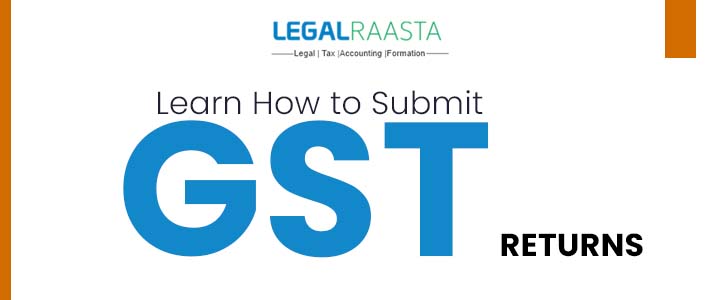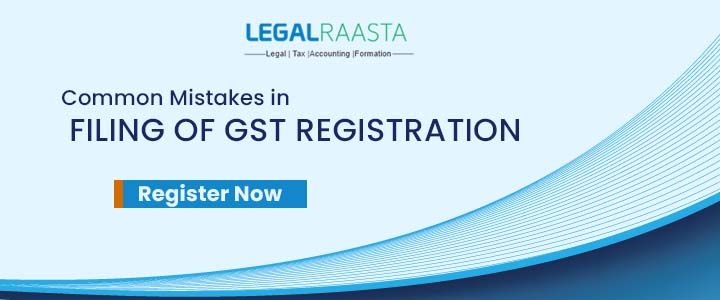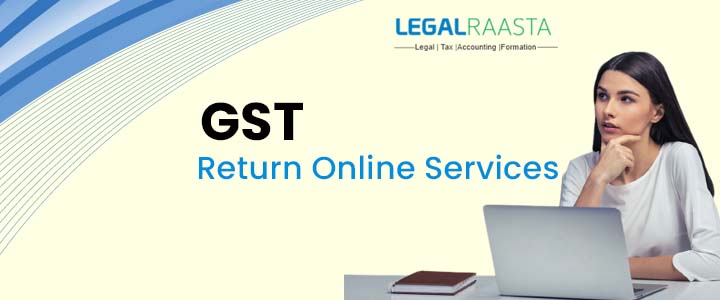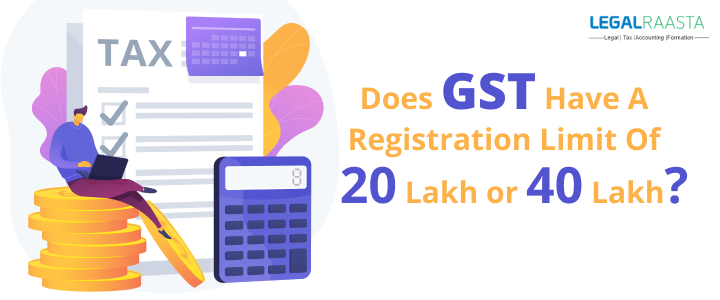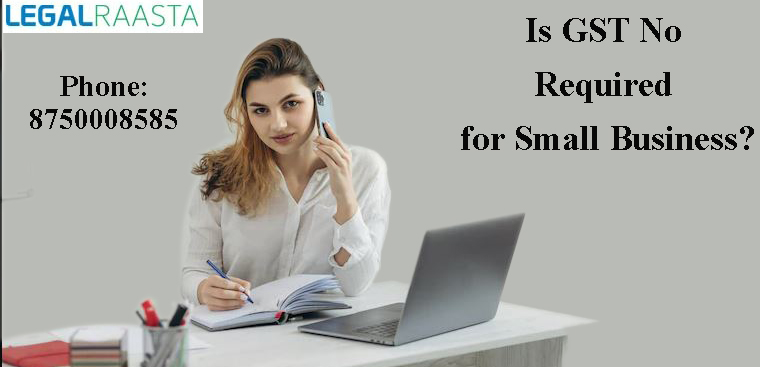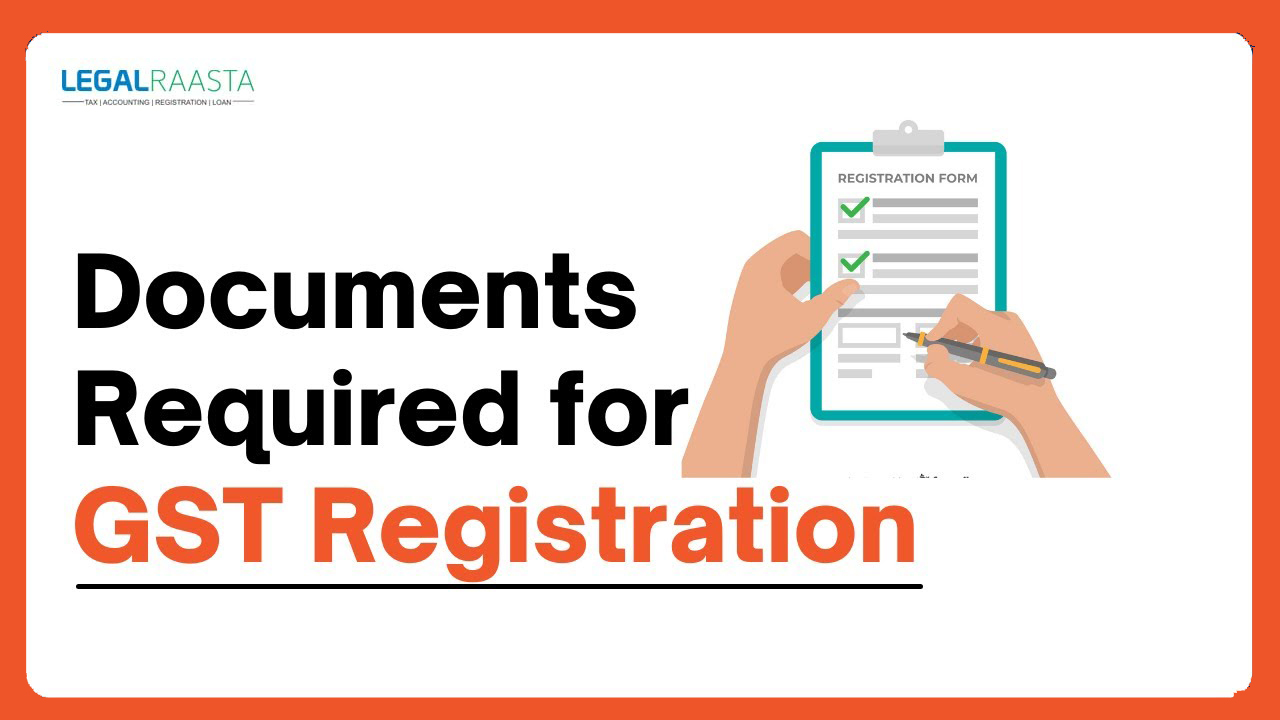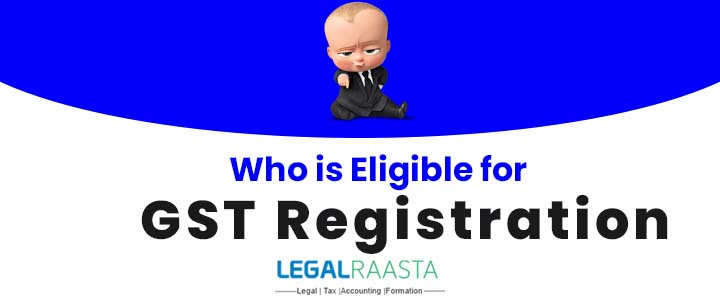What is turnover in GST?
A business must register for Goods and Services Tax if its aggregate turnover in a fiscal year exceeds Rs.20 lakhs or Rs.40 lakh for a supplier of goods. This limit is set at Rs.10 lakhs for special category states in the North Eastern and hilly regions. As we all know, businesses with a turnover of more than Rs. 20 lakhs are required to register as a normal taxable person under the GST regime.
However, at the 32nd Goods and Services Tax (GST) Council meeting, the Council announced several changes, including a new registration limit of Rs 40 lakh. The Council made this decision to assist small taxpayers in being exempted from the Tax net and thus from compliances and costs. The article delves into the definition of annual aggregate turnover and turnover in the state of GST. So, if you require assistance with online GST filing, please contact our legalraasta consultancy team.
Meaning of State Turnover for GST Registration
The definition of turnover in the state differs from the definition of aggregate turnover. It refers to the total value of all taxable and non-taxable supplies, including exempt supplies and exports of goods and/or services made within a State by a taxable person, as well as inter-state supplies of goods or services made from the State by the same taxable person, excluding any taxes levied under the CGST Act, SGST Act, and IGST Act, as applicable. In other words, the state-level turnover for a specific GSTIN, including any inter-state supplies undertaken by that GSTIN for online GST filing,
Goal of Aggregate Turnover in GST Registration
The aggregate turnover is the primary requirement for online GST registration. According to GST law, any entity with an annual turnover of more than Rs.20 lakh can choose not to register for GST. Entities with an annual turnover of more than Rs.10 lakh in special category states, excluding the state of Jammu and Kashmir, can opt out of the online GST register. The accumulated turnover shall be calculated by adding the value of all activities carried out by all entities of the concerned person on a pan-India basis.
Which of the following is not included in calculating the accumulated turnover of a GST registration?
- Taxes imposed under the CGST, SGST, or IGST Acts.
- The amount of taxes payable under the reverse charge mechanism in online GST filing.
- The value of incoming goods and services.
- The value of non-taxable supplies of goods or services such as alcohol, gasoline, and so on.
Notable Features of the Revised GST Threshold Limit
The new amendments have introduced far too many complications, making it difficult for a small taxpayer to determine whether he falls within the exemption limit or remains in the GST regime for online GST filing. Here, we highlight all of the key points about the new GST threshold limit for online GST registration:
- The new specified limit is effective beginning with FY19-20, i.e., the fiscal year beginning on April 1, 2019.
- The new specified limit applies only to the sale of goods, not services. The limit for service providers remains Rs 20 lakh, except in special states where it is Rs 10 lakh.
- The new limit does not apply to business owners who sell goods outside of their state.
- Because GST is a dual taxation system governed by both federal and state law, the rules governing turnover limits must be amended in both Acts. The Central Goods and Services Act of 2017 requires it to be done for each state.
- Certain circumstances necessitate the registration of a businessman, whether small or large. In the current situation, no changes have been made to this law. As a result, if a small businessman is registered as a result of this rule, he will continue to be registered.
- Furthermore, exporters and business owners who have been selling on websites such as Flipkart, Amazon, and Snapdeal will be required to maintain their previous GST registration.
Whether or not service income is included in the calculation of annual turnover is not specified.
There has been no clarification on situations such as whether a businessman will fall under the Rs 20 lakh or Rs 40 lakh category for his overall income calculation for online GST filing if he makes some extra income by providing services such as neon signs or product placements at his shop. According to the new rules, the increase in limit applies only to goods, and there is no separate limit for goods and services for an aggregate turnover. As a result, once registered, GST must be charged on all outward supplies, whether goods or services.
Turnover Calculation
Section 22 of the GST Act is even more complicated in terms of the term used to describe persons who are required to register for online GST as an aggregate turnover, which means taxable goods plus taxable services plus exempt or nil rated goods plus exempt or nil rated services. This definition complicates comprehension and calculation. As a result, small business owners must consider their total revenue before deciding whether to take advantage of the new taxation rule for online GST filing.
GST Paid on Purchase Becomes Cost
The most important rule is that all GST paid on purchases becomes a cost to the buyer businessman, and he cannot charge any GST on the outward supplies I make, i.e., sales.
Harsh Repercussions of GST Registration
- The most influential Section 17(5)(i) states that if it is determined that tax is not payable but the GST department requests tax and the taxpayer loses the appeal, he or she may be ineligible for an input tax credit on their purchases.
- GST was implemented to simplify taxation, but due to the complicated changes made, things have gotten worse.
- GST was supposed to eliminate the distinction between goods and services or mixed supply of goods and services, but this has been disputed. Such amendments are once again moving us in that direction, as there will be a separate registration limit and we already have a separate procedure for a refund in the case of export of goods and services for online GST filing.
- In terms of the composition scheme, there would be a separate limit of Rs 50 lakh for services and Rs 150 lakh for goods, each with a different rate.
Distinction between aggregate turnover and turnover in a state
The aggregate turnover differs from state turnover. The former is used to determine the GST registration threshold limit as well as eligibility for the Composition Scheme. The composition levy, on the other hand, would be calculated based on state turnover.
Conclusion
Aggregate Turnover is calculated on the basis of the Permanent Account Number, which means that if an individual has four branches with the same PAN in four different states, the total turnover of all branches will be considered to determine Aggregate Turnover. The value of exported goods or services, exempted goods or services, and inter-state supplies made by distinct persons with the same PAN would be added to the ‘Aggregate Turnover.’ After reading the preceding article, we hope you have a good understanding of what turnover and aggregate turnover are and how to calculate them to determine whether you need to register under GST law.
If you have any further questions or concerns about the GST limit or GST turnover limit, please contact Legalraasta GST experts or chartered accountants for professional advice. We will also assist you with online GST filing.

